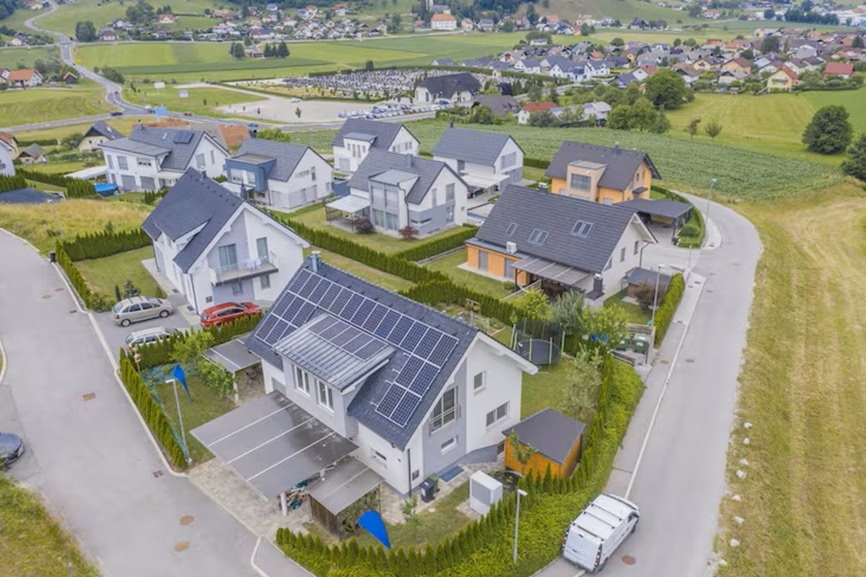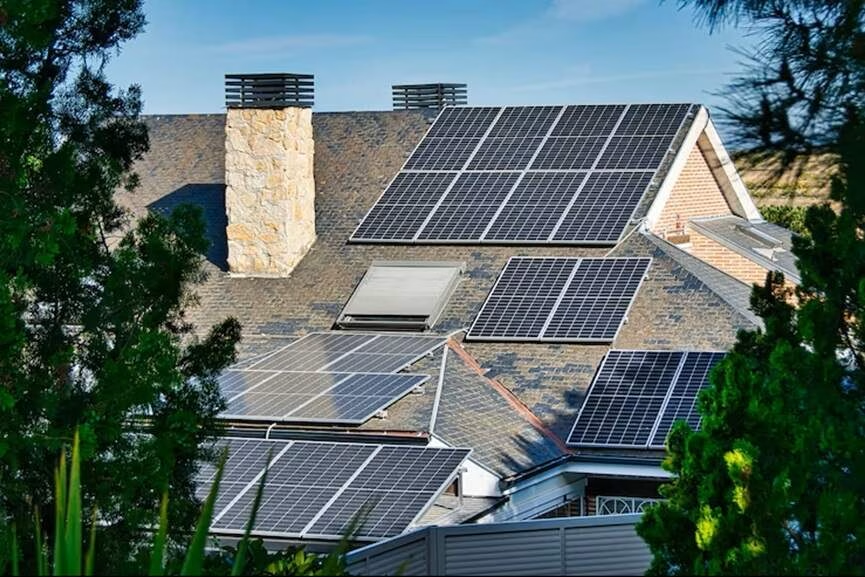Australia: Australia is set to introduce a landmark clean-energy scheme that will give households at least three hours of free solar power every day, even for those without rooftop panels.
The programme, known as Solar Sharer, will begin in July 2026 across New South Wales, South Australia and south-east Queensland. Other regions could join by 2027 as the scheme expands.
The offer will apply during the middle of the day, when the country often produces more solar energy than it can use. Households with smart meters, which now make up the majority of Australian homes, will be able to schedule appliances such as washing machines, dishwashers and air-conditioners or charge electric vehicles and home batteries during this zero-cost window.
Officials say the plan aims to shift energy use from busy evening periods to sunnier hours, helping ease pressure on the grid and lowering long-term network costs.
Climate and Energy Minister Chris Bowen said the initiative would ensure Australians benefit from abundant renewable power, adding that every ray of sunshine should power homes instead of going to waste. He said those able to move their power use to the free period would gain directly, whether they rent or own and regardless of having solar panels.

Australia has installed more than four million rooftop solar systems, among the highest per-capita rates globally. On bright days, generation can flood the grid, pushing wholesale electricity prices down or even into negative territory.
Bowen said free daytime solar showed clean energy could cut both emissions and household costs. The Australian Energy Regulator will oversee the changes to ensure customers also get a fair deal outside the free-power period.
The Australian Energy Council criticised the announcement, saying it came without consultation and could undermine industry confidence and innovation. Its chief executive, Louisa Kinnear, warned that unexpected policy changes might spur market exits and stall new ideas.
The Solar Sharer launch aligns with the government’s broader climate ambitions, including lifting renewable electricity generation to 82 percent by 2030 and cutting national emissions by 43 percent from 2005 levels.
























